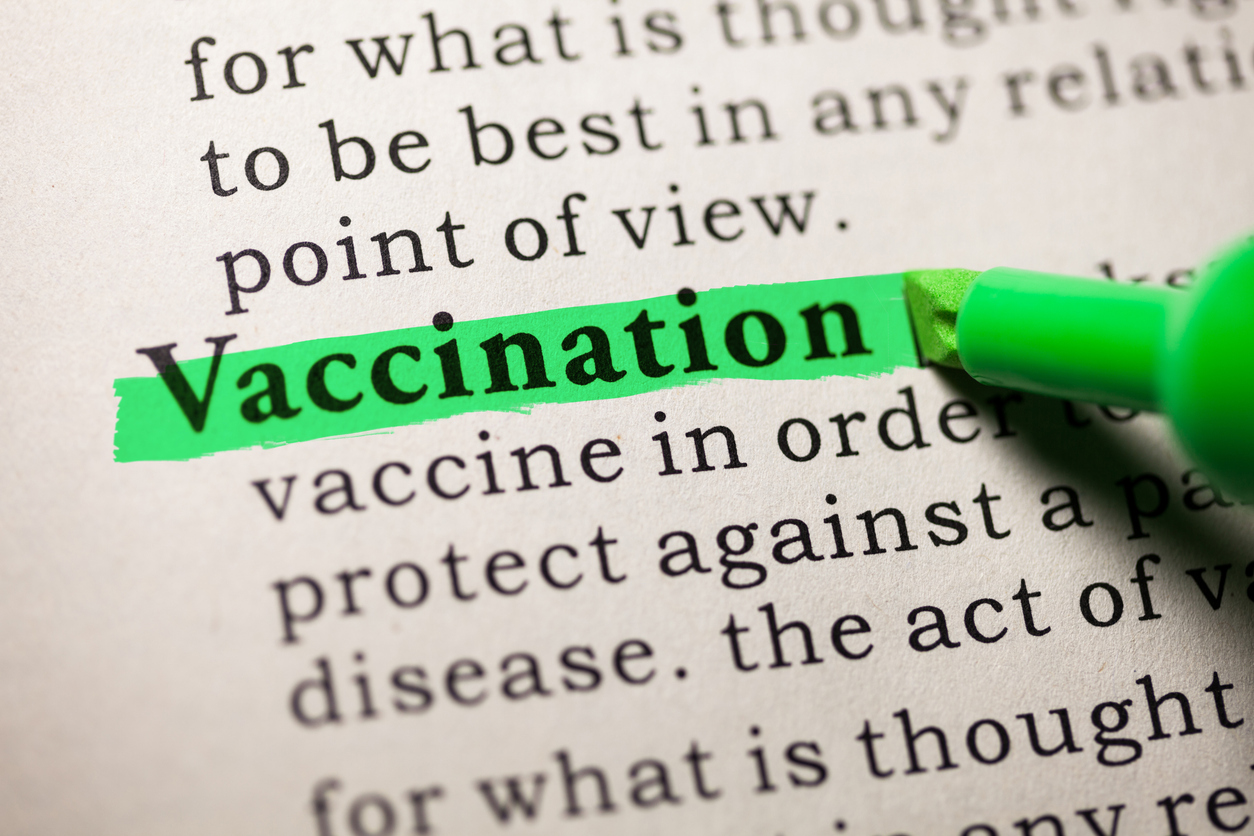2024-07-16
High levels of HDL cholesterol reduce the risk of developing low back pain
Endocrinology and Metabolism
Low back pain affects many people and can have a variety of causes, including metabolic factors. Lipid levels, such as HDL cholesterol (HDL-C), LDL cholesterol (LDL-C) and triglycerides (TG), have been associated with various health problems, but their link with low back pain remains unclear. The aim of this study was to assess whether lipid levels directly influenced the risk of low back pain using Mendelian Randomisation (MR), a method that helps to establish causal links by minimising confounding bias and reverse causation.
This two-sample MR study used data extracted from the public database of the Integrative Epidemiology Unit of the MRC (Medical Research Council). The authors selected three single-nucleotide polymorphisms (SNPs) associated with lipid levels (HDL-C, LDL-C and TG) and two SNPs associated with risk of low back pain (LBP and back pain). These SNPs were used as genetic instrumental variables.
Statistical analyses were performed using several methods, including inverse-variance weighted (IVW), weighted median, MR-Egger, robust adjusted profile score (MR-RAPS) and MR-PRESSO, to examine potential causal associations between lipid levels and risk of LBP.
This two-sample MR study used data extracted from the public database of the Integrative Epidemiology Unit of the MRC (Medical Research Council). The authors selected three single-nucleotide polymorphisms (SNPs) associated with lipid levels (HDL-C, LDL-C and TG) and two SNPs associated with risk of low back pain (LBP and back pain). These SNPs were used as genetic instrumental variables.
Statistical analyses were performed using several methods, including inverse-variance weighted (IVW), weighted median, MR-Egger, robust adjusted profile score (MR-RAPS) and MR-PRESSO, to examine potential causal associations between lipid levels and risk of LBP.
Estimates by IVW (fixed effect) indicated that an increased level of HDL-C was negatively associated with the risk of low back pain in European populations. Similar results were obtained with IVW (random effect), MR-Egger, MR-RAPS and MR-PRESSO.
However, no association was observed between LDL-C or TG levels and the risk of low back pain.
This two-sample MR study demonstrated a causal relationship between HDL-C levels and the risk of low back pain, suggesting that higher levels of HDL-C may reduce the risk of developing low back pain. These results are significant as they provide evidence of a potential protective link of HDL-C levels against low back pain, which may have implications for the prevention and management of low back pain through optimisation of lipid levels.
The authors highlighted the need for further research to elucidate the specific mechanisms by which lipid levels influence the development of low back pain. Future investigations could include prospective studies and clinical trials to confirm these findings and explore possible interventions to modulate lipid levels to prevent low back pain.
In conclusion, this study provides important evidence on the role of HDL-C levels in reducing the risk of low back pain, while highlighting the absence of a causal association with LDL-C and TG levels. These results contribute to a better understanding of the metabolic factors involved in low back pain and open up prospects for prevention strategies based on lipid management.
In conclusion, this study provides important evidence on the role of HDL-C levels in reducing the risk of low back pain, while highlighting the absence of a causal association with LDL-C and TG levels. These results contribute to a better understanding of the metabolic factors involved in low back pain and open up prospects for prevention strategies based on lipid management.

Last press reviews
Vaccine vs. SMC: rivals or partners?

#MalariaVaccine #R21MatrixM #Malaria #Vaccination #SMC #InsecticideTreat...
A race against time for a vaccine?

#PfSPZ #Vaccination #Malaria #Immunogenicity <br><br><br>...
Birch allergy: could one shot change everything?

#AllergicRhinoconjunctivitis #IgG4 #Allergoid #BirchPollen #Immunotherap...